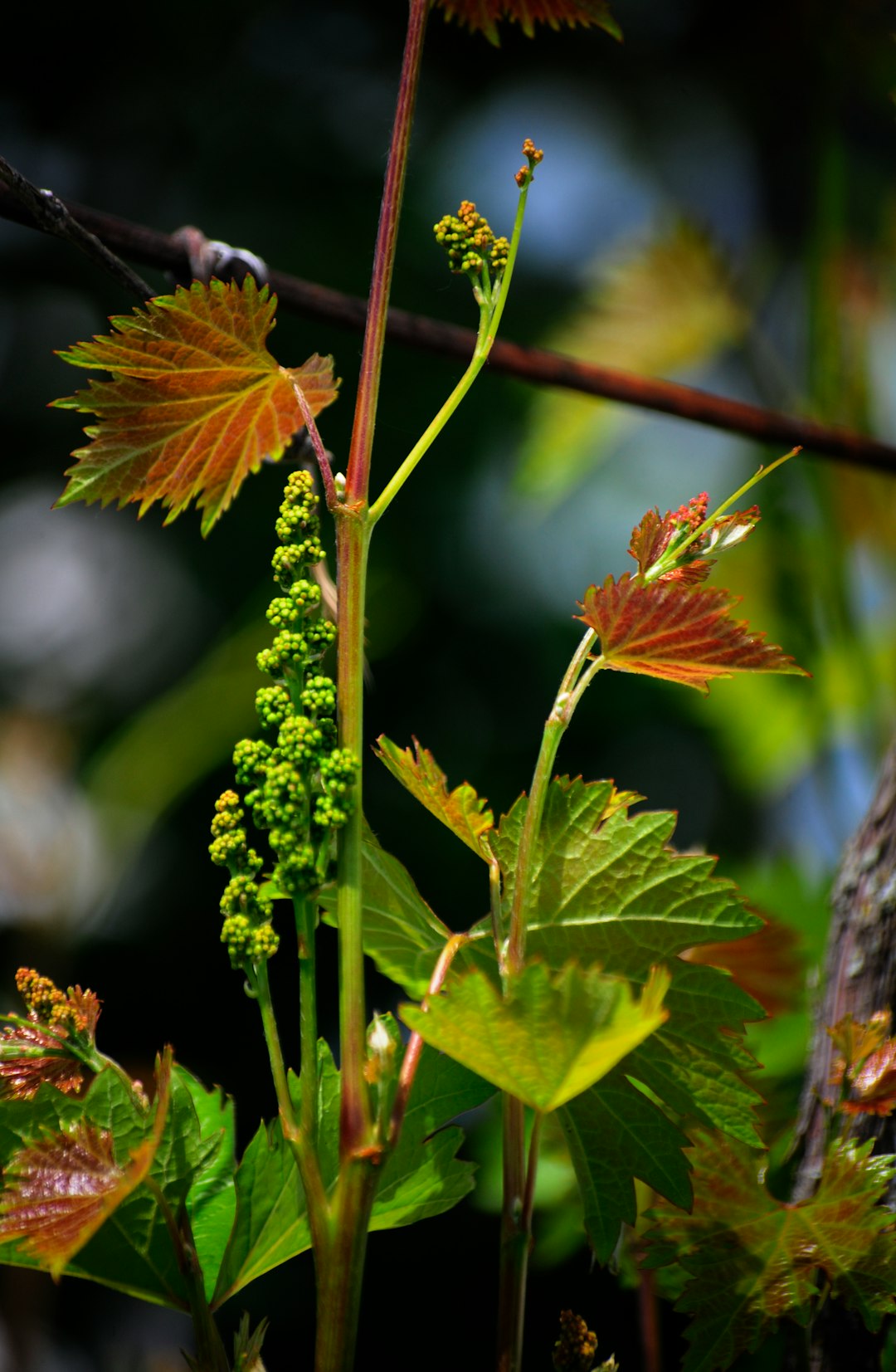Conquering the Perennial Menace in Your Lawn and Garden

When it comes to gardening, there's nothing more frustrating than dealing with pesky weeds that seem to have a mind of their own. One such culprit is a particular perennial weed that has the uncanny ability to quickly overrun lawns and garden beds, causing headaches for even the most experienced gardeners. In this article, we'll explore the best ways to control this persistent intruder and restore the beauty of your outdoor space.
First, it's important to understand the nature of this perennial weed. It typically has deep roots that allow it to survive harsh conditions and regrow even after being cut or pulled. Its rapid growth rate and ability to spread through seeds or underground rhizomes make it a formidable opponent. Some common characteristics of this weed include its broad leaves, often with a distinct shape or texture, and its ability to produce small, inconspicuous flowers that can quickly turn into a multitude of seeds.
One of the most effective ways to control this weed is through prevention. Start by maintaining a healthy lawn and garden. A well - fertilized, properly watered, and mowed lawn is more likely to outcompete the weed. For garden beds, use high - quality soil and mulch. Mulch not only helps retain moisture but also acts as a barrier, preventing weed seeds from germinating. Additionally, make sure to clean your gardening tools regularly to avoid spreading weed seeds from one area to another.
When it comes to manual removal, it's crucial to be thorough. Use a garden fork or a weeding tool to dig out the entire root system. Simply pulling the weed from the surface may only remove the visible part, allowing the roots to regrow. Be patient and take your time, especially when dealing with large infestations. It's also a good idea to remove the weeds before they flower and set seed to prevent further spread.
Chemical control can be an option, but it should be used with caution. There are various herbicides available on the market, both selective and non - selective. Selective herbicides are designed to target specific types of weeds without harming your desired plants. Non - selective herbicides, on the other hand, will kill any plant they come into contact with. Before using any herbicide, carefully read and follow the instructions on the label. Consider the environmental impact and the safety of your family and pets.
Another natural approach to weed control is the use of cover crops. Cover crops, such as clover or rye grass, can be planted in areas where the weed is a problem. These cover crops compete with the weed for nutrients, sunlight, and space. They also help improve the soil structure and fertility. Once the cover crops have grown, they can be mowed or tilled into the soil, adding organic matter and further suppressing weed growth.
Biological control methods can also be explored. Some insects or organisms may feed on the weed, helping to keep its population in check. However, introducing new organisms into your garden requires careful research and consideration to ensure that they won't cause more harm than good. You can consult with a local agricultural extension service or a gardening expert for advice on suitable biological control options.
In addition to these control methods, regular monitoring of your lawn and garden is essential. Keep an eye out for any signs of new weed growth and take action immediately. By being proactive and using a combination of these strategies, you can effectively control the perennial weed and enjoy a beautiful, weed - free outdoor space.
Remember, gardening is a continuous process, and weed control is an ongoing battle. But with the right knowledge and techniques, you can stay one step ahead of this persistent weed and create a thriving garden that you can be proud of.